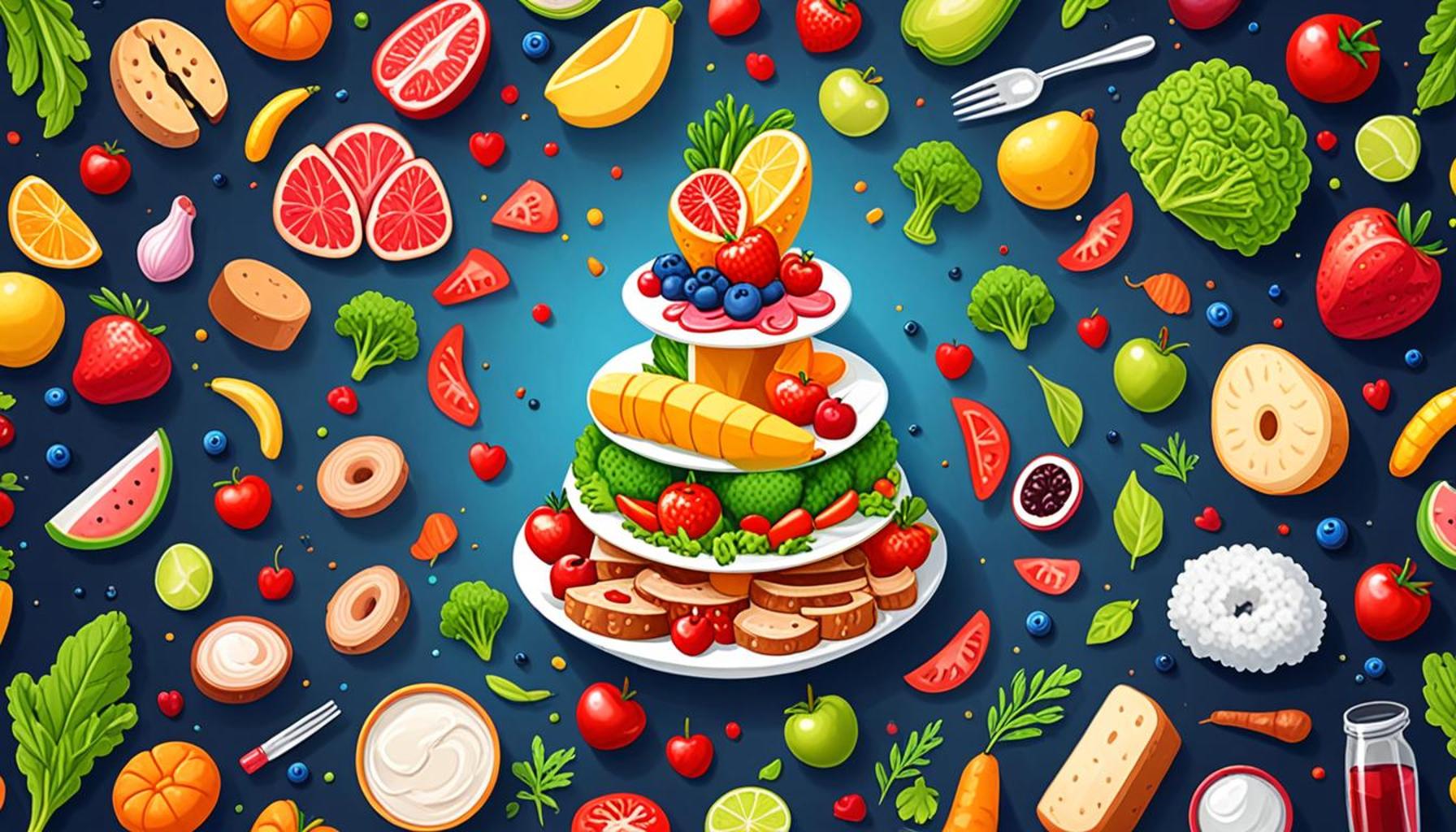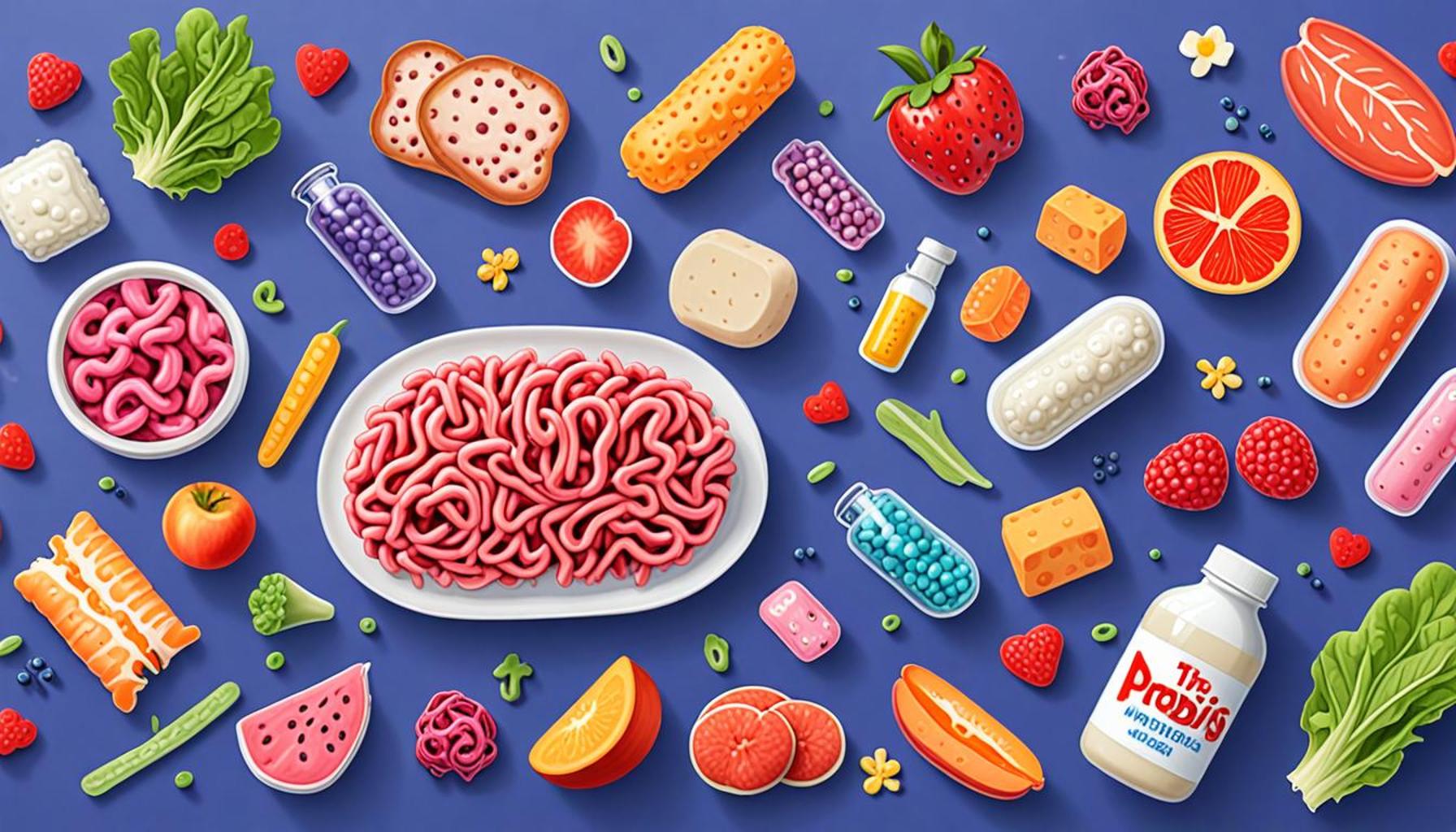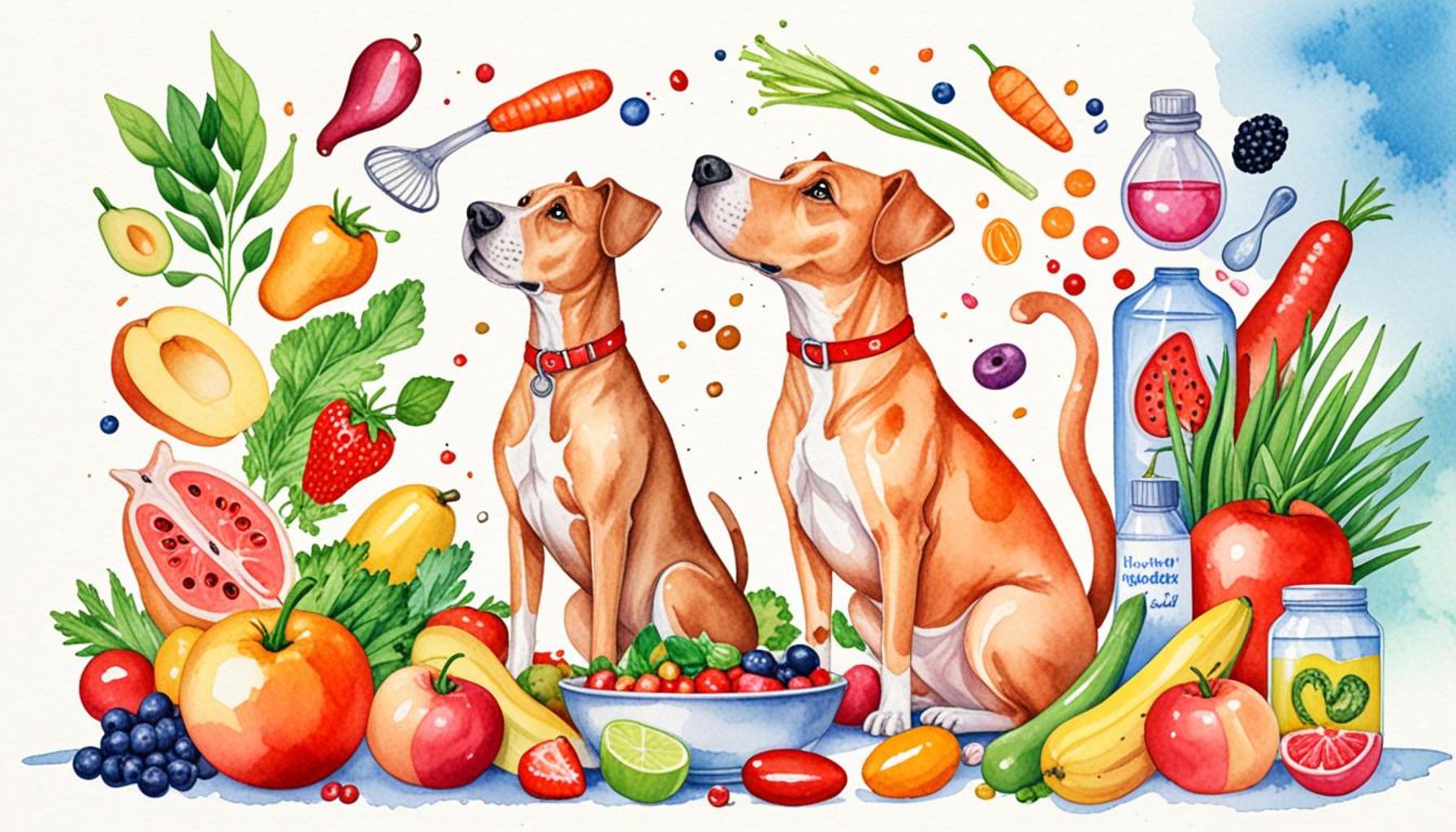Common Foods That Can Be Toxic to Dogs and Cats
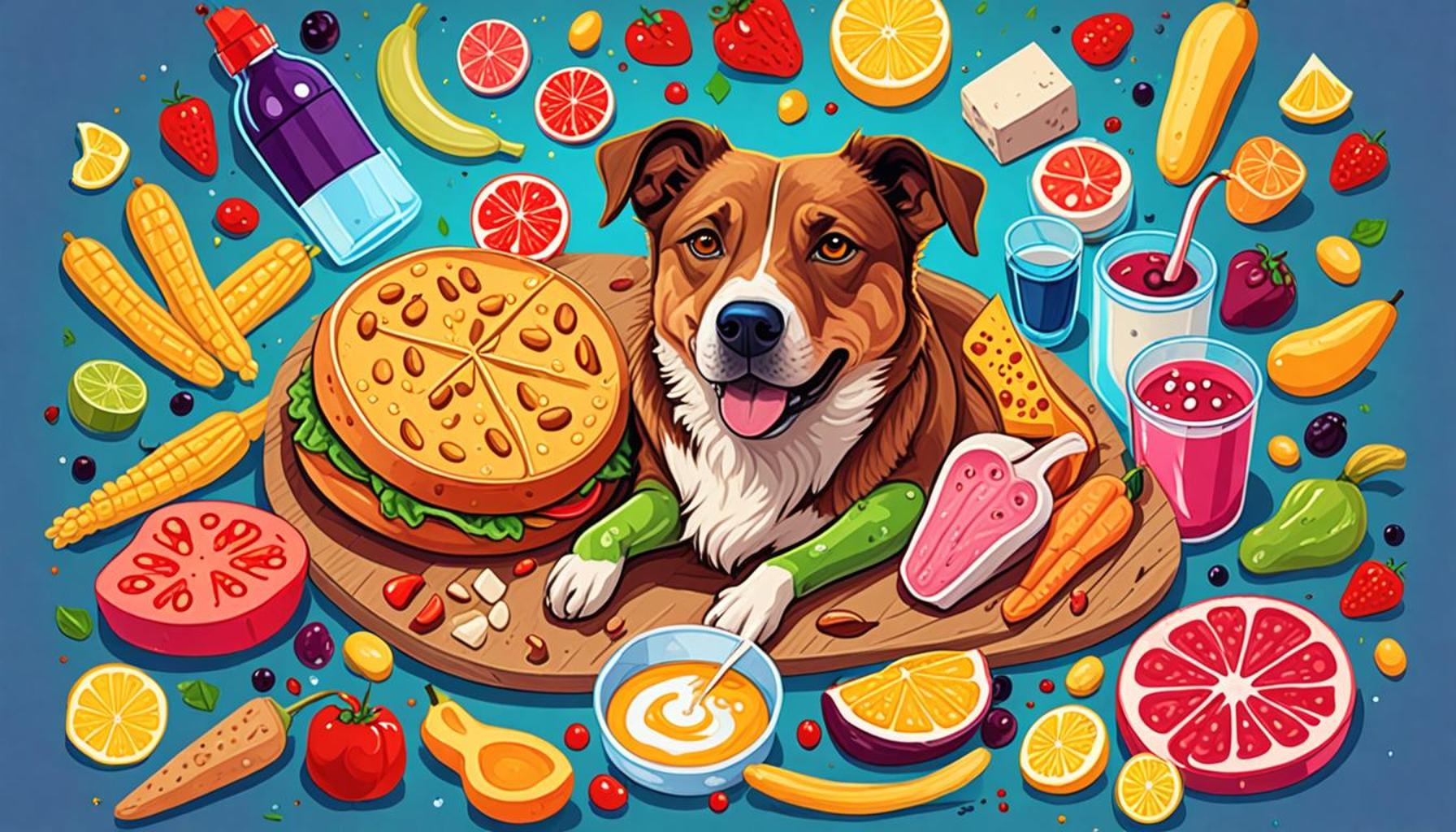
Sharing meals with beloved pets can create a joyful ambiance, yet lurking in this habit are potential health threats. While many pet owners wish to include their furry companions in family dining experiences, it’s essential to recognize that not all human foods are safe for dogs and cats. Some common kitchen staples can even be dangerously toxic, making it vital for pet owners to understand these risks to ensure their pets remain healthy and safe.
Foods to Watch Out For
There are numerous ingredients that, despite their frequent use in our diets, can lead to severe health repercussions for our four-legged friends. Here’s a more extensive exploration of common foods that are toxic to dogs and cats:
- Chocolate – This beloved treat contains theobromine, a compound that can wreak havoc on a pet’s cardiovascular system. Even small amounts can lead to vomiting and diarrhea, while larger quantities may result in heart problems, seizures, or even death. The darker the chocolate, the more toxic it is, with baker’s chocolate being the most dangerous.
- Onions and Garlic – Both of these pantry staples contain compounds that can damage red blood cells and cause anemia, particularly in dogs. Regardless of whether they are raw, cooked, or powdered, onions and garlic can result in serious health issues. For cats, the toxicity is even greater, as felines are more susceptible to these compounds.
- Grapes and Raisins – While they may be healthy snacks for humans, grapes and raisins can lead to acute kidney failure in dogs. The exact substance responsible remains unknown, but even small quantities can cause significant harm. Owners have reported sudden lethargy and vomiting in affected dogs, highlighting the need for immediate veterinary attention.
- Xylitol – This sugar substitute is frequently found in sugar-free products like gum and candies. In dogs, xylitol can cause a rapid insulin release, leading to hypoglycemia (low blood sugar), seizures, and liver failure. It’s crucial for pet owners to dog-proof their homes and be vigilant with products containing this ingredient.
- Avocado – Avocado contains persin, which can be toxic to some animals, particularly birds and large breeds of dogs in high quantities. Although cats are less affected, it’s prudent for pet owners to exercise caution and limit their pets’ access to this fruit altogether.
The Importance of Knowledge
Awareness of these dangers is crucial, as it empowers pet owners to make informed dietary choices. Pets depend on us to provide safe and nutritious food, making it our responsibility to keep harmful items out of reach. By being vigilant about their diet, pet owners can significantly diminish the risks associated with these toxic foods. This proactive approach not only ensures their beloved companions stay healthy but also fosters a loving environment where food sharing can be safe and enjoyable.
Ultimately, our love for pets should translate into mindful caregiving. Investigating the ingredients in the foods we consume and protecting our pets from potential hazards reflects our commitment to their health and well-being. With knowledge at our fingertips, we can keep our furry friends safe and thriving, ensuring their presence in our lives is both enriching and joyous.
DON’T MISS: ‘Click here’ for essential tips on welcoming your new pet
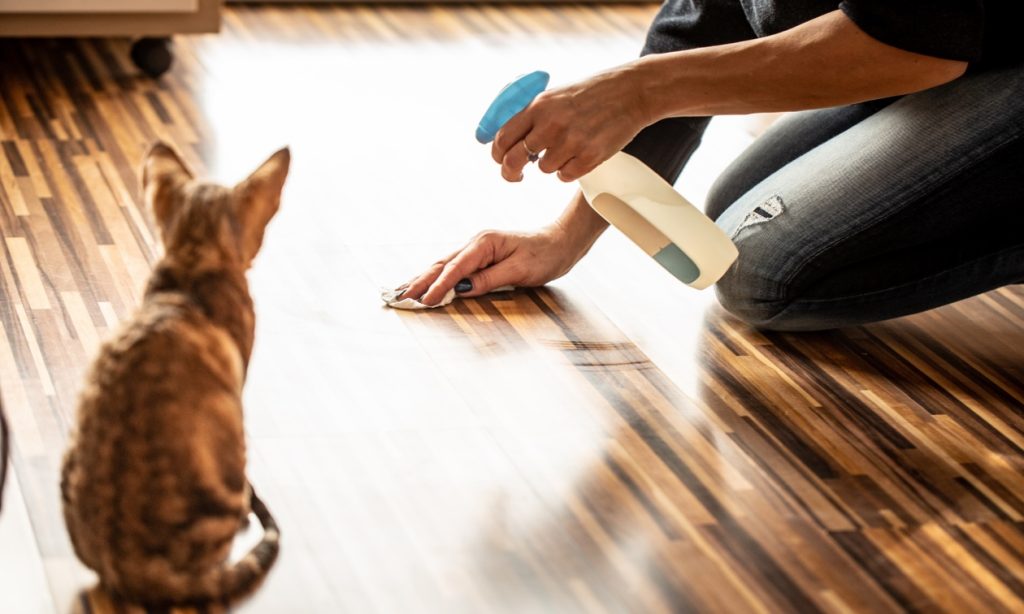
Dangers in the Kitchen: Understanding Toxic Foods
As much as we cherish our pets, it’s easy to overlook the dangers lurking in our kitchens when we share our meals. The reality is that common foods found in most American households can pose serious risks to our furry friends. By understanding these hazards, pet owners can create a safe environment for their animals while enjoying mealtimes together. Here’s a closer look at some common foods that can be toxic to dogs and cats and their potential effects.
- Chocolate – An undeniable favorite among humans, chocolate can be a deadly indulgence for pets. The ingredient theobromine, found in chocolate, is not metabolized effectively by dogs and cats, leading to symptoms such as increased heart rate, agitation, and gastrointestinal distress. In severe cases, it can result in seizures or even death, particularly if a pet consumes dark chocolate or baking chocolate, which contains higher concentrations of theobromine.
- Onions and Garlic – Part of the allium family, both onions and garlic can be particularly harmful to dogs and cats. They contain thiosulfate, which can lead to oxidative damage to red blood cells, ultimately causing hemolytic anemia. Symptoms may include weakness, lethargy, and a characteristic garlic or onion odor on the breath. Interestingly, while cooking reduces the toxicity somewhat, it doesn’t eliminate it entirely, keeping these ingredients firmly on the avoid list.
- Grapes and Raisins – Surprisingly toxic to dogs, grapes and raisins can result in kidney damage and failure. The toxic agent is still unidentified, but the potential effects can be extremely severe. Just a handful of grapes or a small serving of raisins can cause major health issues, including severe vomiting, lethargy, and loss of appetite. Time is critical, and immediate veterinary intervention is necessary if ingestion occurs.
- Xylitol – Frequently found in sugar-free gum and some baked goods, xylitol is a sweetener that poses a significant threat to dogs. Even small amounts can trigger a rapid release of insulin, causing a dangerously low blood sugar level, resulting in symptoms like vomiting, loss of coordination, and seizures. The situation can escalate quickly, leading to liver failure if left untreated, making it essential to keep products containing xylitol well out of paw’s reach.
- Avocado – While health-conscious humans may enjoy avocados, pet owners should be cautious. The fruit contains persin, which can lead to respiratory distress, fluid accumulation, and even death in certain species, particularly birds and some larger breeds of dogs. While cats are less affected, it’s wise to limit their exposure to avocados to ensure safety.
Recognizing the Signs of Toxicity
Being aware of the signs of poisoning is crucial for pet owners. Common symptoms can include vomiting, diarrhea, lethargy, and changes in appetite. If you suspect that your pet has ingested any toxic food, contacting your veterinarian immediately is imperative. By remaining informed about these common foods that can be toxic to dogs and cats, you not only safeguard your pets but also foster a nurturing environment where food sharing can be safe and enjoyable.
| Food Category | Effects on Pets |
|---|---|
| Chocolate | Contains compounds called theobromine which can be fatal to dogs and cats. |
| Grapes & Raisins | Even small amounts can lead to severe kidney failure in pets. |
| Onions & Garlic | These contain thiosulfate, which can damage red blood cells, leading to anemia. |
| Xylitol | A common sweetener that can cause insulin release, resulting in hypoglycemia. |
While many may not think twice about sharing their meals with their furry friends, it is crucial to recognize the potential dangers associated with certain foods. Common foods that can be toxic to dogs and cats include everyday items found in most households. For instance, chocolate, which is delicious for humans, poses a significant risk, as even small quantities can result in serious health issues for pets. Similarly, grapes and raisins are deceptively harmful; reports have linked them to sudden kidney failure in dogs.Onions and garlic, common seasonings, can lead to anemia in pets, while xylitol—a popular sugar substitute—can induce severe drops in blood sugar. As a responsible pet owner, understanding these risks is vital to keeping your pets safe. Consider researching further into pet toxicity and consult your veterinarian if your pet ingests any of these foods. The safety and well-being of your furry companions depend on your awareness and proactive measures.
LEARN MORE: Click here to find out how to keep your pet healthy
Additional Warning Signs: Foods to Monitor Closely
In addition to the more commonly known toxic foods, there are a number of other items that may not immediately come to mind but can be harmful to dogs and cats. Recognizing these potential hazards helps pet owners maintain a safe household. Here are some additional common foods that can be toxic to dogs and cats:
- Alcohol – A beverage enjoyed by many, alcohol poses a serious danger to pets. Even a small quantity can result in intoxication, leading to symptoms such as vomiting, diarrhea, respiratory distress, and even coma. Dogs and cats are significantly smaller than humans, which means their tolerance to alcohol is substantially lower. Just a few ounces of beer or wine can lead to grave consequences for a pet, making it crucial to keep any alcoholic drinks out of reach.
- Macadamia Nuts – Though tasty to many humans, macadamia nuts can cause a range of health problems in dogs, including weakness, depression, and hyperthermia. Symptoms typically manifest within 12 hours of ingestion and can include tremors, vomiting, and joint stiffness. While the exact mechanism of toxicity remains unknown, even a small quantity can lead to health complications, emphasizing the need for pet owners to avoid sharing these snacks with their pets.
- Caffeinated Beverages – Coffee, tea, and energy drinks carry the risk of caffeine toxicity in pets. Since dogs and cats are particularly sensitive to caffeine, ingestion can lead to restlessness, rapid heart rate, and, in serious cases, seizures. Pet owners should be mindful to secure beverages that contain caffeine, particularly in areas where their pets may roam freely.
- Yeast Dough – While yeast is a common ingredient in baking, uncooked dough can pose risks to pets. If consumed, yeast dough can expand in the stomach, causing severe bloating and potentially leading to gastric torsion or rupture. This can be life-threatening and requires immediate veterinary intervention. Furthermore, as the dough ferments, it can also release alcohol into the pet’s system, resulting in alcohol poisoning.
- Certain Fruits and Vegetables – While many fruits and vegetables are nutritious for humans, certain varieties can be toxic to pets. For instance, the green parts of tomatoes and potatoes contain solanine, which can cause gastrointestinal upset and lethargy in dogs. Similarly, raw sweet potatoes can cause intestinal blockage. If you enjoy sharing garden-fresh produce with your pets, it’s essential to ensure that what you’re offering is safe and beneficial for them.
Taking Preventive Measures
Vigilance is key in preventing toxic exposure to pets. Properly storing food, using child-proof locks on cabinets, and being cautious during family meals can significantly decrease the likelihood of accidental ingestion. Pet owners are encouraged to educate themselves and their families about the dangers of common foods that can be toxic to dogs and cats. Additionally, if you are ever in doubt about a particular food’s safety around pets, consulting with a veterinarian can provide guidance and reassurance.
DISCOVER MORE: Click here for essential pet health tips
Conclusion: Safeguarding Our Pets from Harmful Foods
As we’ve explored, the world of pet-friendly foods is fraught with hidden dangers. From alcohol to certain fruits and vegetables, many seemingly harmless items can wreak havoc on our dogs and cats. Every pet owner must become an informed advocate for their furry companions, understanding the risks associated with common household foods that can be toxic to pets. By recognizing the symptoms of toxicity, such as vomiting, lethargy, or seizures, pet parents can act swiftly in emergencies, potentially saving their beloved companions from serious harm.
Additionally, taking proactive measures to safeguard the home environment is vital. This includes teaching family members about the importance of food safety for pets, securely storing dangerous items, and being vigilant during gatherings where food is abundant. The task may seem daunting, but with awareness and preventive actions, we can create a safe haven for our pets. Remember to consult with a veterinarian whenever uncertain about a food’s safety; their expertise is indispensable for ensuring your pet’s wellbeing.
Ultimately, being informed and cautious can significantly reduce the risk of toxic ingestion, allowing you and your pets to enjoy a happier and healthier life together. By sharing your knowledge and remaining alert to the threats posed by common foods, you contribute to a safer community for all pet lovers. In this journey, knowledge truly is power, and a little vigilance can go a long way in safeguarding our furry friends.
